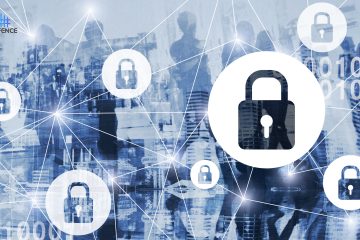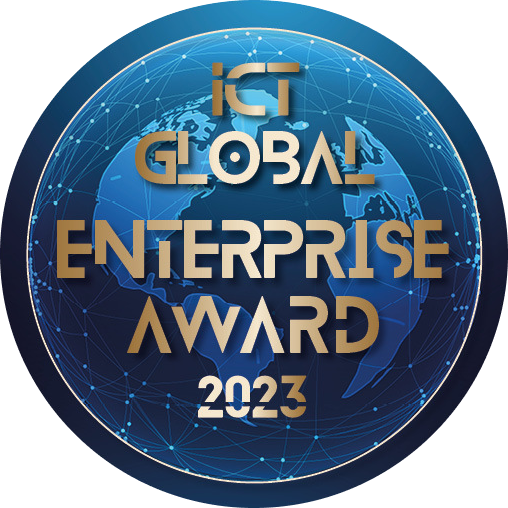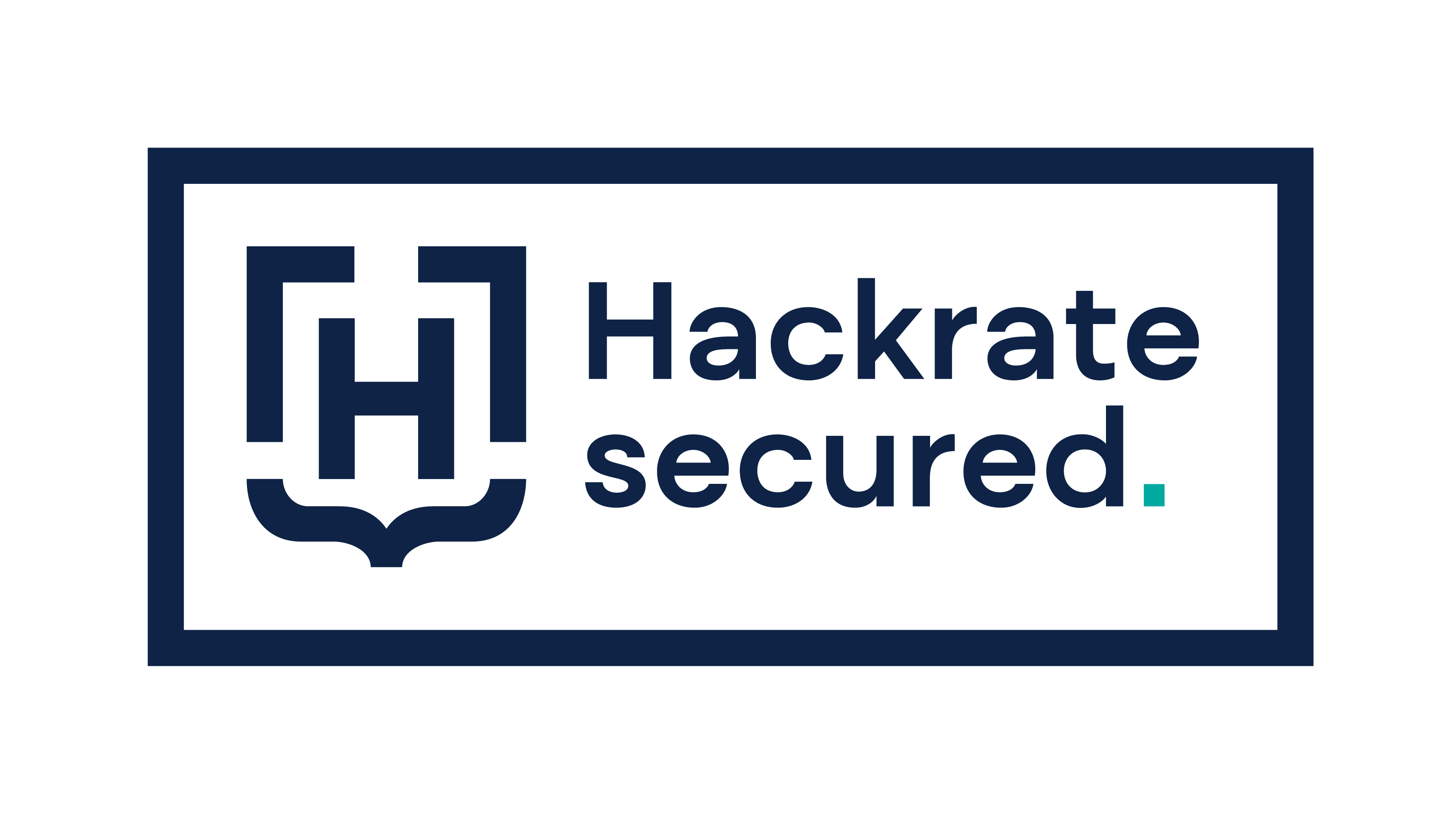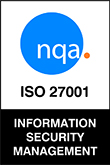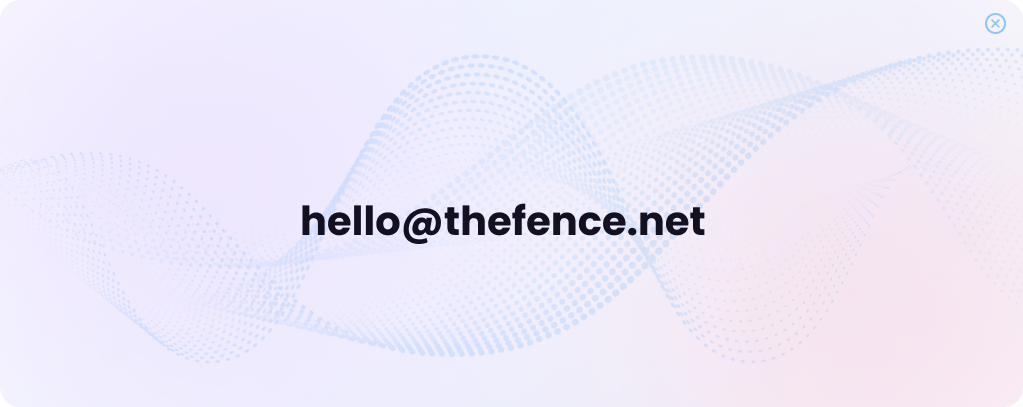Cyber security threats are often overlooked by SMBs, thinking “they’re not big enough” to be an actual target. This attitude leaves open doors for attackers, because not all cyber criminals go after the big fish, there are other levels on the food chain and attackers are ready to devour your company data or even more if you don’t set up your lines of defense.
In reality SMBs are quite vulnerable to cyber attacks, especially because of the lack of IT and financial resources to build a strong defense, but mostly it comes down to their unawareness about what’s really at stake – it’s the future of their business. Some SMBs might never recover from a serious attack…
Cyber resilience is key: it’s about flexibility, adaptability and the ability to cope with cyber security issues. Cyber resilience is like an immune system for your business.
There are several types of cyber security threats that can invade your system, and they are constantly evolving with technological advancements. But just like with physical health, you don’t have to know all the diseases to strengthen your immune system, you don’t have to know all the cyber security threats to build a strong defense.
So our goal in this article is to raise awareness to the nature of cyber security threats, and help SMBs give a strong immune response to them. Let’s start with the most important question!
What are cyber security threats?
We could list at least 50 types of them, precisely categorized, including subcategories, but in the beginning, we’d rather start with the basic principle, the core of cyber security threats first:
Control over your data, business operations and money.
The nature of cyber security threats depend on the amount of control you have over your company. So there are two definitions.
Scenario A: If you have proper control, you minimize cyber security threats, mitigating their effects. In this case, the definition of cyber security threats: a malicious act without serious consequences. A “nice try” for the attacker and a “nice to know” for your security team.
Scenario B: If you don’t have proper control, attackers can infiltrate your business, either externally and internally you might not even realize it for a long time, and in the worst case scenario can cause substantial damage, you might never recover from.
So control is key: losing it is the threat for the company and getting it is the gain for the cyber criminal.
Think with the mind of the attacker: The stronger your control is, the less rewarding it will be for the cyber criminal to attack your business, that’s especially true for SMBs who are identified as easy targets. Predators go after the vulnerable victims.
Unfortunately only 14% of SMBs are prepared for cyber security threats, but almost half of cyber attacks are targeted at them – they’re low-hanging fruit for these criminals.
SMBs are afraid of losing control, but many of these companies don’t even have control over their daily operations: there’s little to no transparency of information handling and employee behaviour in the majority of SMBs. So instead of being afraid to lose control, get it back in your hands and set up your lines of defense!
Set up your lines of defense
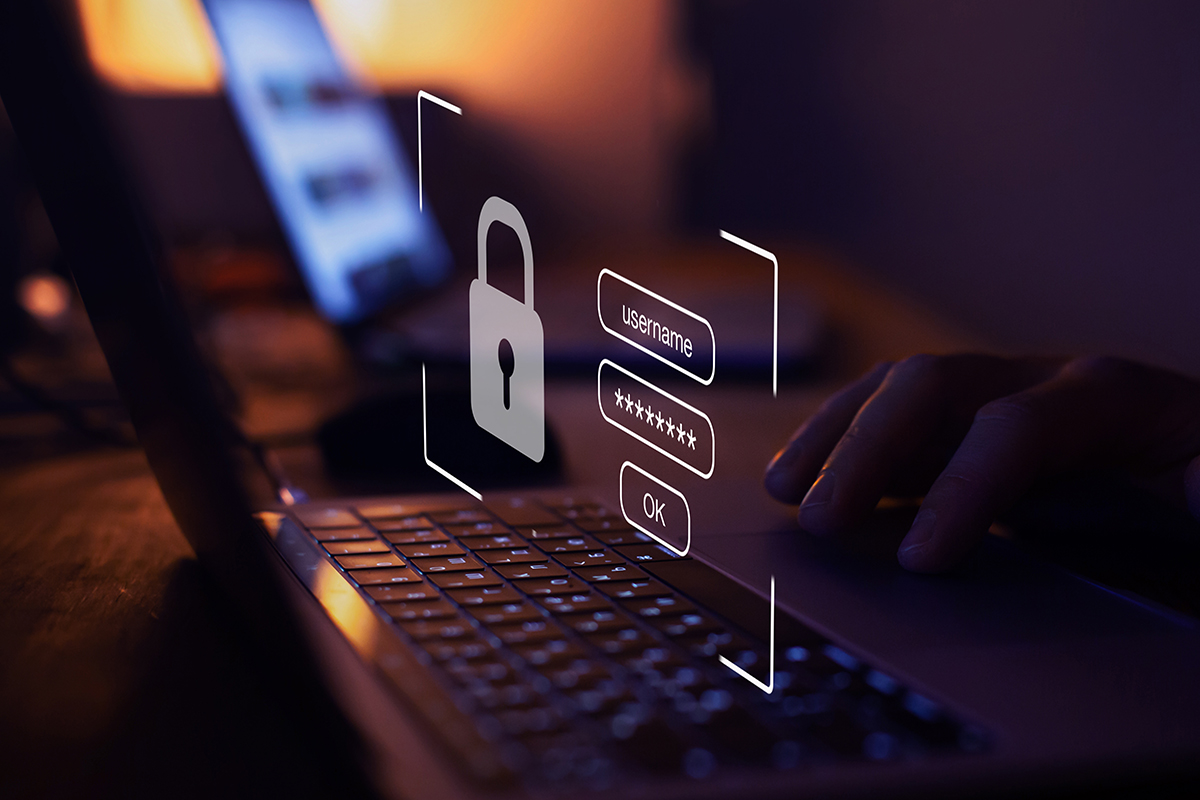
As we already mentioned your company has an immune system and the level of control you have over it influences the impact and consequences of cyber security threats.
Before you start: Get to know where you’re starting out from, before setting up your lines of defense, evaluate your security status:
Check your current security level
Defense 1: Raise cyber security awareness in your company – make sure your workforce, the bloodlife of your business realizes cyber security threats.
Defense 2: Get the right cyber security tools to gain maximum control over your data and business operations.
Defense 3: Think in the long-term: build a cyber-resilience strategy.
These lines of defense, of course, go hand in hand and they should be implemented parallelly to maximize your defense. Let’s go through each one of them.
Cyber security awareness: empower your workforce
Your workforce is your ultimate line of defense. No cyber security tool or strategic mindset can counterbalance the damage untrained employees can cause to your business, often unintentionally. So cyber security training is crucial to help employees detect when cyber security threats are targeted at them.
Especially because 90% of cyber attacks are specifically aimed at unconscious employees, in the form of spear phishing emails, a type of social engineering, where the scam is tailored to the individual in the form of highly personalized messages that convince the victim to give away confidential information.
Cyber attackers often look for the weakest link in the organization, or in other words:
an employee, or employees unaware of the threat, with too many access rights
that leave open doors for cyber criminals. So access rights control is crucial, we will go into further detail later, but if you would like to get a quick overview check out our guide on the 7 sins of access rights management and how to avoid them.
The weakest link principle: a misconception
One misconception some SMB owners have is the perceived risk of external and internal cyber security threats. External threats are considered to be more dangerous, and when the majority think about cyber security threats it’s usually about external attacks such as malware, ransomware, phishing, etc.
There are two reasons for this misconception:
- they trust their employees, thinking they have good intentions
- they underestimate the harm good intentions paired with unconscious user behaviour can cause
First of all, not all employees have good intentions.
The Ponemon report, which interviewed 1,004 security practitioners working in 278 organizations across the world, evaluated the impact of 6,803 insider incidents. Although more than half of it were related to negligence, 26% resulted from a criminal or malicious insider. So statistically, there’s a significant chance that an employee or an ex-employee will target your company.
Second, the road to hell is paved with good intentions.
The majority of employees are victims, not perpetrators of cyber attacks. As we already mentioned, the riskiest employees are those who are unaware of cyber threats with too many, unsupervised access rights so they leave open doors for data leakage.
Key takeaway: Don’t underestimate internal threats, and remember, there’s no weakest link: every employee is a potential threat, until you provide them with the right cyber security training and find a proper way to control their access rights.
If you don’t follow these guidelines, you leave a large attack surface for internal cyber security threats. And it’s not just your employees who pose an internal threat for your company…
Types of internal cyber security threats
Your inner circle is more vulnerable than you think, so it is important to know who’s inside. The most common types of cyber security threats can be categorized in different ways, we’ll differentiate internal threats based on the person and the type of damage they cause.
The source of an insider attack can be
- Negligent workers: untrained, unconscious employees who get involved in data breaches unintentionally. Businesses suspect malicious employees, but in more than half of the cases, data leakage originates from the ignorance of innocent employees.
- Ex-employees or departing employees: Employee fluctuation is a challenge in itself for companies, especially when it comes to revoking and assigning access rights and licenses. Furthermore, a third of employees say it’s common to take corporate data with them when leaving a company.
- Malicious insiders: A malicious insider can be an employee who holds grudges against the company but also an inside agent who works on behalf of an external group, either through bribery or blackmail.
- Third-party partners: it’s not just about your workforce, the majority of businesses provide their vendors and suppliers with access to their network, these access rights are often overlooked by companies and that’s the reason why third parties are an increasingly popular target for cyber criminals.
The damage can be loss of data, money, reputation and nerves through:
- Sabotage: disrupted business operations and computer systems
- Fraud: the theft, modification, or destruction of data by an insider, in case the information is sold for a competitor or another organization, we talk about espionage.
- Intellectual property theft: speaks for itself, it also often falls under the term of espionage, involving and insider agent bribed or blackmailed by a competitor
- Downtime: losing time is losing precious working hours that cost SMBs a lot, also recovering from an attack eats up valuable human capacity, so as always
Prevention is the cheapest defense!
Types of external cyber security threats
Mismanaged access risk and internal threats can easily escalate into external ones. Let’s take a look at the most common types of external cyber security threats with their impact on SMBs:
- Phishing attack: it is a social engineering threat as it involves tricking employees into providing an entry point for malware. The victim is usually an untrained employee, who can’t detect the phishing scam and unconsciously gives away sensitive information. This is the most common cause for data leakage, especially for SMBs. We wrote about phishing attacks more in detail, discussing its types, consequences and tools for prevention.
- Ransomware: Cyber criminals encrypt company data so it can’t be used or accessed until a ransom (hence the name ransomware) is paid. Attackers know that SMBs are more willing to pay a ransom: 71% of ransomware attacks target small businesses, they demand a ransom of $116,000 on average. Why? Smaller businesses often don’t back up their data, and they can’t afford downtime, they need to recover asap, so they open their wallets for criminals.
- Malware: It’s the abbreviation for “malicious software”, including viruses, worms, trojans, spyware, and ransomware. Malware infects the system, usually via a link on a website, email or an unwanted software download. The damage can be data leakage, data destruction or it can completely shut down the system. These attacks can damage devices and that’s particularly damaging for small businesses because they lack the necessary resources to repair them or provide employees with a replacement.
The domino effect of cyber security threats
Cyber security threats are often interlinked. This is especially true for SMBs, who lack the right IT infrastructure for prevention, so one small mismanaged access risk can leave open doors for serious cyber security threats.
As we already mentioned, SMBs with improper access rights control are more exposed to the threat of phishing attacks, and a phishing attack is often a precursor to a malware attack.
That’s why it should be top priority for SMBs to focus on internal threats as well and build a solid cyber resilience strategy.
Get the right tools to minimize your cyber attack surface
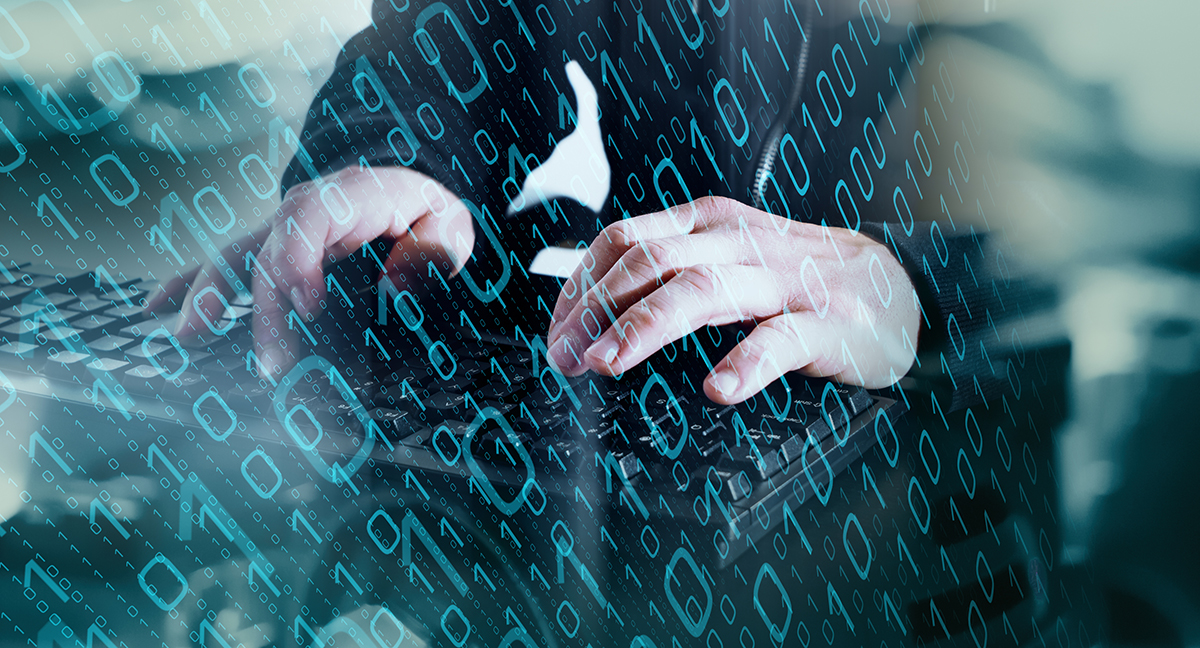
There’s a wide array of cyber security tools for SMBs, including web application firewalls, cloud security, antivirus softwares, endpoint detection and response systems, but we don’t want to overwhelm you with all the terminology, our goal is to help you win the fight for control by minimizing your attack surface.
So instead of getting lost in the sea of different softwares and technologies, let’s focus on threat and risk assessment!
Threat vs risk assessment – know the difference
They are similar in nature, but it is key to understand the difference between them, because the Devil is in the details.
A threat is basically the attacker, the bad guy, whether it comes in the form of a hacker, a malicious insider, a virus or malware.
A risk is just a possibility, a risky employee for example, with too many access rights that leaves an attack surface for phishing scams.
Simply, a risk is an entry point, threat is the invader. The time factor is important here, and understanding it can help you strengthen your cyber resilience.
Threat assessment is in the present moment, investigating issues as they occur, while risk assessment, on the other hand, is detecting potential cyber security failures.
There are different sets of tools and best practices for both, let’s go through the most important ones!
SIEM – an all in one solution
Security information and event management, or SIEM is the cornerstone of cyber resilience. SIEM tools include all the core features for threat detection and prevention. SIEM solutions include capabilities for endpoint detection and response (EDR), intrusion detection and protection (IDP), application performance monitoring (APM) and even more.
SIEM provides an all-inclusive solution for threat and vulnerability management such as log collection and normalization to record and organize data about system-wide activity, and event detection and response to have a 360 degree perspective of what’s happening in your company. It gives you protection from all angles.
Sounds like a perfect solution right? Well, unfortunately many SMBs can’t afford to invest in SIEM software and they also lack the human capacity and expertise to use it effectively. It mainly exists at the enterprise level.
Luckily, SIEM managed service providers can be an option, it is available for businesses for a monthly fee. However, before implementing a full SIEM solution, SMBs should start at a smaller scale and get a firm understanding of what’s happening in their company. The next tools are good to start with, and they’re both within reach for the average SMB owner.
UEBA – the vigilant eye that never sleeps
User and Entity Behavior Analytics or UEBA solutions monitor user behavior and identify suspicious activities such as the detection of unauthorized data access as well as unauthorized data movement. With the help of machine learning, UEBA solutions analyze activity data from network users, hosts, applications, network traffic, data storage repositories, etc. UEBA solutions can substantially reduce the costs of insider risk.
Access risk management – the first step for your safety
SIEM and UEBA is about threat assessment, access control, on the other hand, is risk assessment. Access risk management is key for SMBs, because it is often the first step to implement a SIEM solution into your business.
Access control is more affordable and easier to introduce for SMBs, so it is often the precondition for further cyber security measures, but it’s still a big step to prevent cyber security threats and get back in control.
The majority of SMBs have improper access risk management processes, including time-consuming manual tasks to assign and revoke access rights for employees and third parties, so it is subject to human error.
With increasing employee fluctuation even best practices such as segregation of duties or the principle of least privilege leave room for security failures.
Segregation of duties or SOD is the concept of having more than one person required to complete a task, so nobody has unlimited access rights to confidential resources. However breaking tasks down into separate components can negatively impact business efficiency.
The principle of least privilege, the cyber security practice where a user is given the minimum levels of access needed to perform his/her job functions, is often impacted by privilege creep: to let employees perform certain tasks, privileges are often re-granted and they are rarely supervised or revoked.
In brief, it’s just beyond human capacity to face all these challenges. Luckily, the whole process of access risk management can be automated!
Get back in control: Automate access rights management
Minimize human error to maximize defense – this is the basic principle for proper access control. Automation is the most efficient and effortless defense. We created Our software, TheFence with SMB owners in mind to help them minimize their attack surface and strengthen their lines of defense.
- Automated risk detection: Identify potential risk factors without relying on manual tasks or time-consuming training. It minimizes human error, the most common cause for business data leakage.
- Automated notifications and alerts: Prevent suspicious activities from turning into security threats. Reaction time is crucial, it can make a difference between an access risk and a cyber attack. Automated alerts help you address potential access risk issues as soon as possible.
- Maximize transparency in your company: Notifications and alerts are sent directly to your company’s communication channels, so there’s maximum awareness, nothing blocks the flow of information. Stay always up-to-date and get a detailed overview of your employees’ security status.
- Pass any security audit: Auditors can cause constant stomach cramps, especially if you work in an industry where you have to be compliant with IT security standards. Be prepared instead of being scared.
It’s not just about security: it’s cost-efficiency!
By monitoring employee status and license usage you can save money by revoking unassigned licenses. You’ll get a report of potential annual license cost savings. See it for yourself!
Check what you can save with automated access control
Cyber resilience is a mindset
Cyber resilience is not just about the right tools and the right cyber security training: it’s a mindset and attitude. SMB owners need to adapt strategic thinking when it comes to cyber security issues.
Long-term goals to raise not only security but productivity as well, adaptability to new technologies and the ability to control system-wide data and business operations is crucial. Cyber resilience is an ongoing process that is never fully ready, and like with all strategies, time is the best judge to test their efficiency. SMBs face many challenges and it might be intimidating at first sight to give such a huge importance to cyber security, that’s why many business owners don’t even start it and take up the ostrich mentality with their head in the sand.
You can’t hide from the consequences. Ignorance is bliss in some cases, but when it comes to cyber security it is definitely a curse…
Think big, but start small and automate access control to stay safe and stay ahead of cyber threats. TheFence is a cloud based cyber security software that maximizes your defense with automated access risk management. Secure your inner circle, empower your workforce and defend what’s yours from both external and internal cyber security threats.



